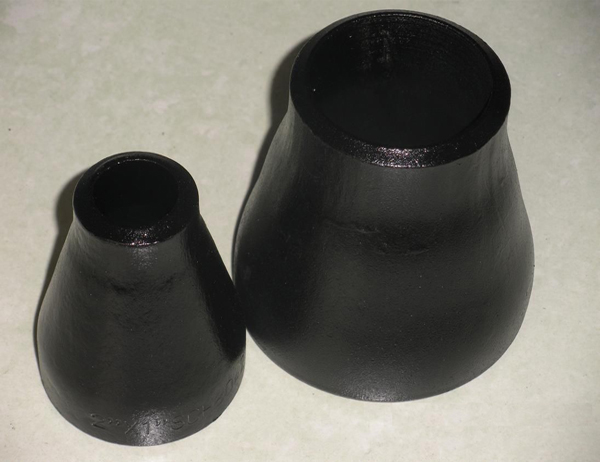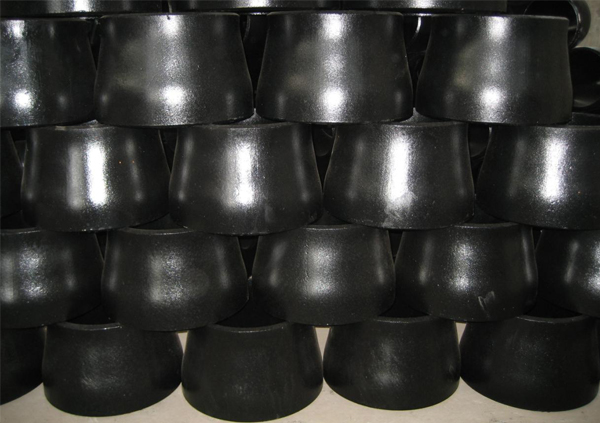“The changes in raw materials have affected the operating behavior of production companies. In purchasing, it is not as easy as in the past. There are a lot of hoardings and funds are needed. After hoarding, there is a big downturn and there will be heavy losses. This situation is not without precedent. 2004 A large number of companies that have accumulated cotton have died in the bull market.†Faced with this year's high market price of cotton, Guobin Securities (16.60, 0.38, 2.34%) textile industry analyst Zhang Bin said.
On September 25, cotton prices reached a new high of nearly 10 years and exceeded 20,000 yuan/ton. On September 27th, Shanghai and Shenzhen, Shandong Hailong (6.18, -0.06, -0.96%), Xinxiang Chemical Fiber (6.42, 0.02, 0.31%) and other chemical fiber stocks all floated across the board, allegedly because of the increase in cotton prices leading to viscose Raw cotton linters rise in price, which pushes up the price of viscose.
Manufacturers are facing downward pressure from buyers as they face rising raw materials. Based on this, industry insiders diagnosed whether the pressure on Khmer cotton could withstand the end consumer will see if they are willing to digest.
Price growth faster than sales growth
"If the end product price increases, it is certainly the entire industry price increases, rather than a brand business, then most consumers can only accept, and its results may reduce the frequency of purchases, but because the price rises, the overall sales data is still expected It will grow. From the current situation of the fair, the growth in the number of clothing sales in the next year may lag behind the price increase, said Zhang Bin.
Seven-pronged wolves (33.54, 0.49, 1.48%), Li Ning and other listed brands of shoes and apparel companies confirmed that the price increase did not affect sales. Seven wolves' mid-term operating profit was 169.3305 million yuan, an increase of 40.68% over the same period of last year; net profit was 123.7834 million yuan. This was an increase of 31.02% over the same period last year. Meibang Garments (28.80, 1.30, 4.73%) also entered an increase period after adjustment. In addition, home textile enterprises such as Rollei Home Textiles (73.94, 0.94, 1.29%) exceeded expectations, and revenue and net profit increased at the same time.
Li Ning’s 2011 first-quarter branded product dealers' sales meeting ended. The published data seems to confirm this statement: The company’s large-scale orders increased by 12% year-on-year, in which the average retail price of footwear products increased by more than 7%, and the number of orders increased by more than 5%; The average retail price of apparel products rose by more than 11%, and the number of orders increased by approximately 1%.
The analysis from the brokerage firm believes that: The production cost-driven price increase will not allow enterprises to ultimately benefit, and the drastic fluctuations in raw materials will only cause the textile industry that has just recovered to suffer again. At the same time, they generally believe that although they will be conducted to the terminal, they will have little impact on the terminal brand merchants. Most of the cost pressures will be borne by the production companies, some will be paid by the consumers, the brand companies will bear a small part, and the brand companies will pass the price. It is generally stronger.
Move to second and third tier cities for price advantage
Another worry of brokerage companies is that in the branded footwear and apparel companies, raw material costs account for a relatively low proportion of prices, and the impact is small. However, a large number of foreign branded apparel are currently settled in China. If the domestic apparel brands merely increase the price, they are in design and quality. Failing to follow up, consumers may not always pay for price increases.
From the survey, it can be seen that terminal brands such as Septwolves, Li Ning, and Meibang Garments have gradually avoided the fierce competition between first-tier cities and international brands, expanded channels by expanding channels, expanding second-tier and third-tier cities, and online markets to ensure sales. In 2009, Li Ning Company surpassed Adidas with a record of RMB 8.387 billion to rank second in sales of Chinese sports brands thanks to the deep plowing in second and third-tier cities in recent years.
The second- and third-tier cities are considered to be “value-depressed lands†with potential for consumption. From the perspective of macroeconomic policies, the reform of the income distribution system is tilting towards low- and middle-income groups. The minimum wage standards in all provinces have started to increase substantially, and consumer groups’ spending power is on the rise. The brand recognition of second-tier and third-tier cities and first-tier cities is basically the same. Once the spending power is available, the vast number of terminal brands will benefit.
Another important reason that led to many terminal brands entering the second, third and fourth-tier cities is real estate. Since 2009, the rise in real estate prices in first-tier cities has been staggering, driving up rents. Some economically developed second- and third-tier cities have relatively reasonable house prices and have the potential to consume. Second- and third-tier cities are also not an important target of state real estate regulation. For example, the Seven Wolf Company adjusted its channel expansion strategy in the first half of the year, sank to third-tier cities, encouraged new stores to be put into small shopping malls at the initial stage, and eased the pressure of rent increase. In the first half of the year, the company’s sales expense rate was only 14.15%, a year-on-year decrease of 2.95 percentage points. .
The real estate market also drove the high growth of the home textile industry. Fu Anna (45.41, -0.17, -0.37%), Mengjie, and Luolai Sanfang Textile listed companies performed well in the first half of the year, and the mid-year report achieved steady growth. In the first half of the year, Fortuna achieved a net profit of 47.786 million yuan, a year-on-year increase of 41.77%, and EPS of 0.46 yuan; Luolai Hometextile realized a net profit of 76.7957 million yuan in the first half of the year, an increase of 58.96% year-on-year, and earnings per share of 0.55 yuan; Mengjie Home Textiles (43.97, 0.17 , 0.39%) The net profit for the first half of the year was RMB 28.3574 million, an increase of 32.75% year-on-year, and the EPS was RMB 0.54.
The data shows that per capita consumption of home textiles in China accounts for less than 1 percent of consumer spending, which is 7% of clothing consumption, while clothing consumption and home textile consumption expenditures in developed countries are basically the same. From the perspective of consumption structure, China's home textile development market space huge.
Brokers also generally believe that the real estate transactions in the 70 large and medium-sized cities across the country are stable, and some second- and third-tier cities have risen in price. China's continued urbanization and consumption upgrading will provide strong support for the demand of the textile industry.
1. suppress necking / expanding suppress forming
suppress necking forming process is to put pipe into the forming molds,suppress necking another pipe end to smaller size . Depending on the another end size changing, divided into one time press forming or more times press forming.
2. Stamping forming
In addition to using steel pipe as raw material to produce reducers, we can use stamping forming to make plates to reducers . the stamping molds are designed according to reducers inside ourside diameters, the molds makes steel plate to stamping ,cutting , stretch forming.
| Product Name:Reducer Pipe |
| Size:DN10-DN2500 |
| Materials: A234 WBP-WP1-WP12-WP11, A403 WP 304-304L-316-316L, A402 WPL3-WPL 6,A860 WPHY 42-46-52-60-65-70,PG370,C20 |
| Thickness: 2mm-100mm |
| Standard:GB/ANSI/ GOST/ JIS/ DIN |
| Crafts: Cold extrusion, Thermoforming. |
| Connection: Welding |
| Package: Wooden boxes,Wooden pallets,According to customer requirements. |
| Brand Name: HY |
| Place of Origin: China (Mainland) |
| Certification: ISO.UKS.SGS.BV |
| Application: Chemical, Water, Oil and gas, Electricity |



Reducer Pipe,Pipe Reducer,Steel Pipe Reducer,Silicone Rubber Reducer Pipes
CANGZHOU HAOYUAN PIPE FITTINGS MFG CO.,LTD , http://www.pipefitting-china.com
